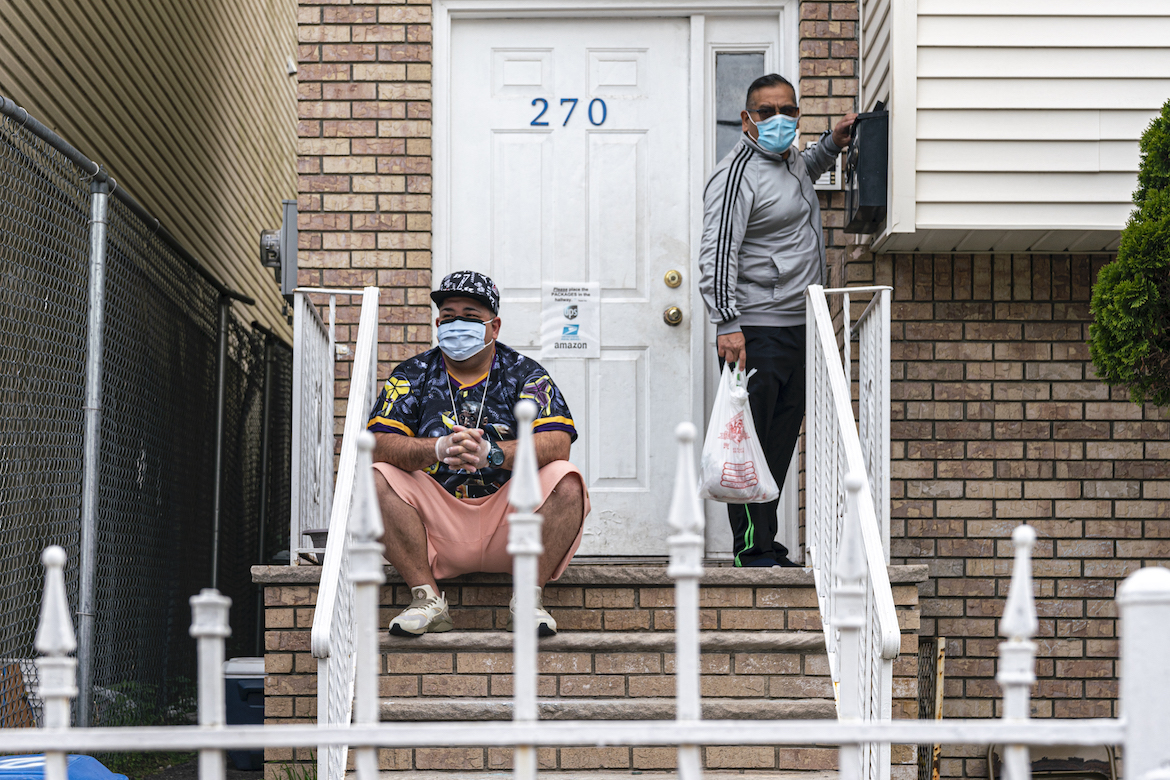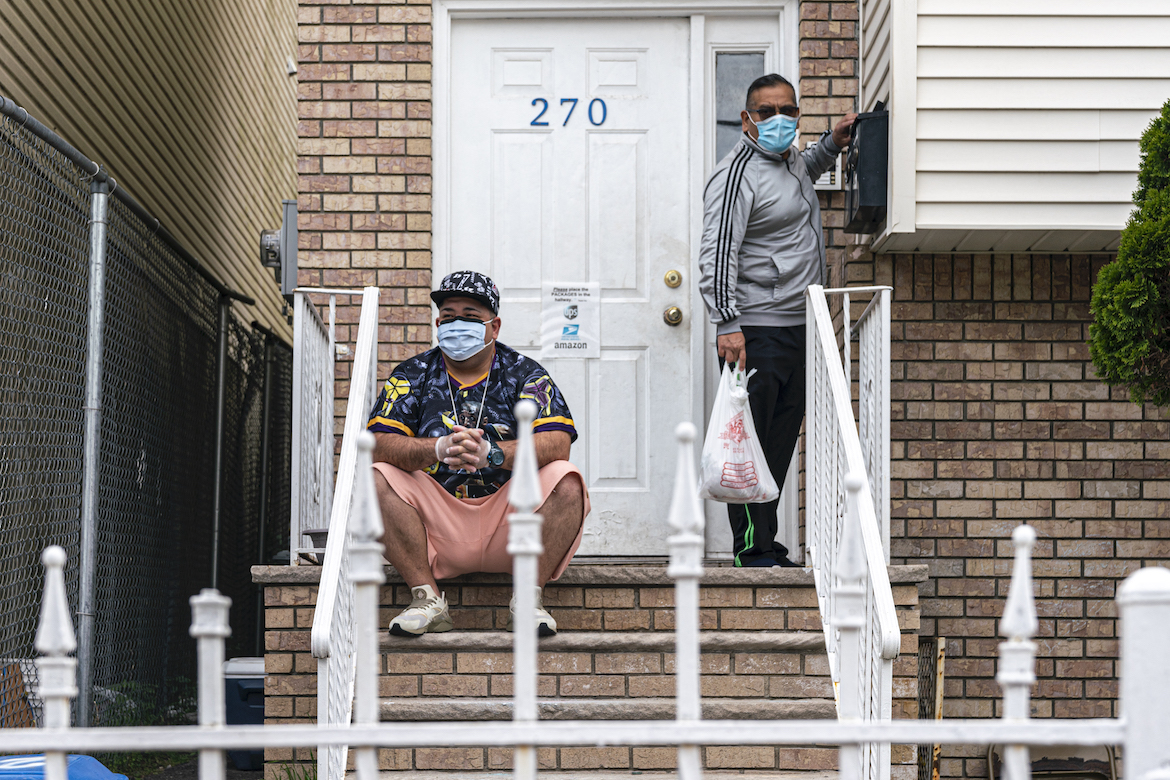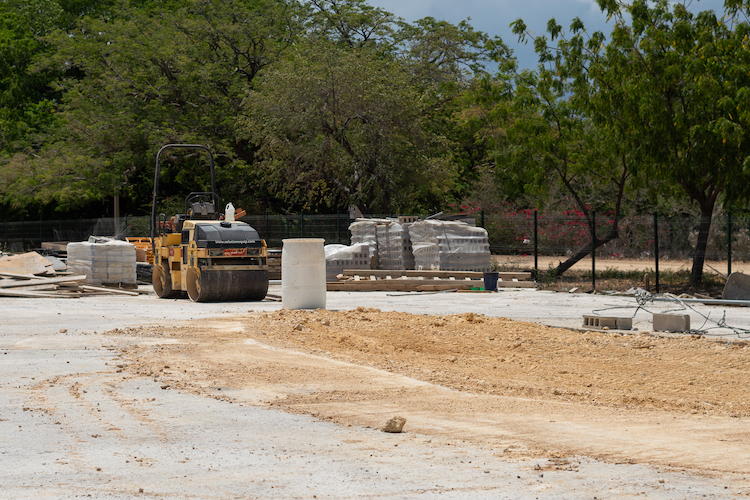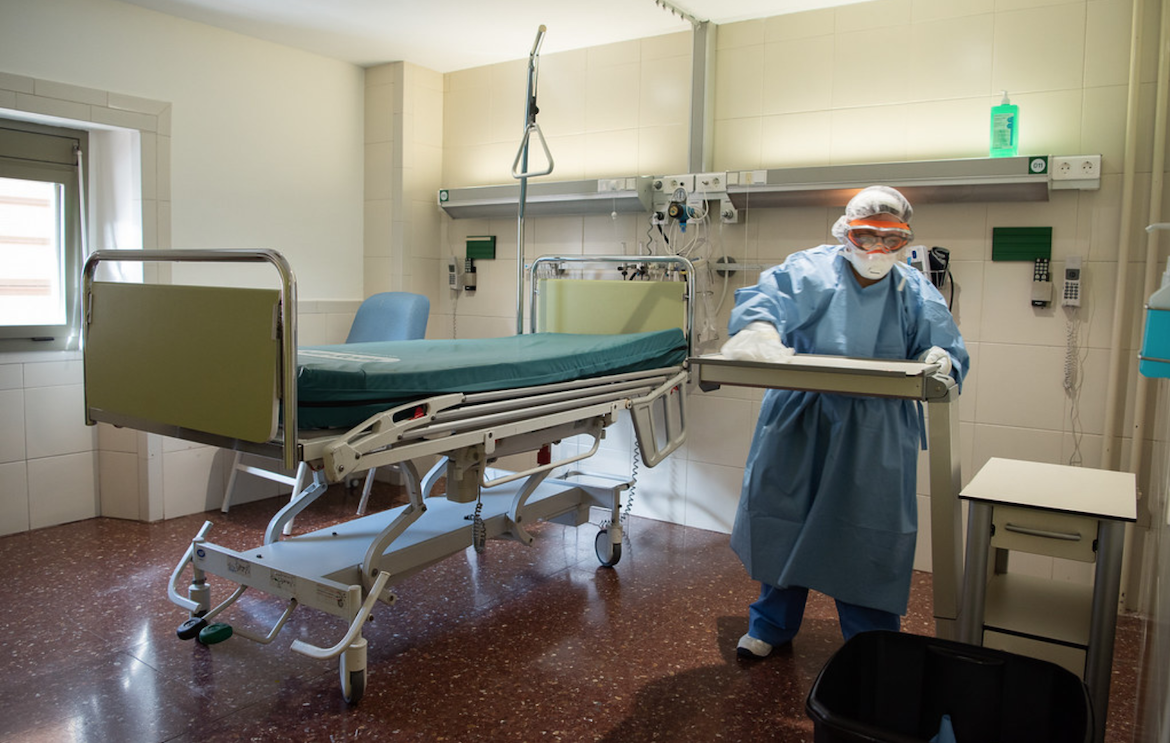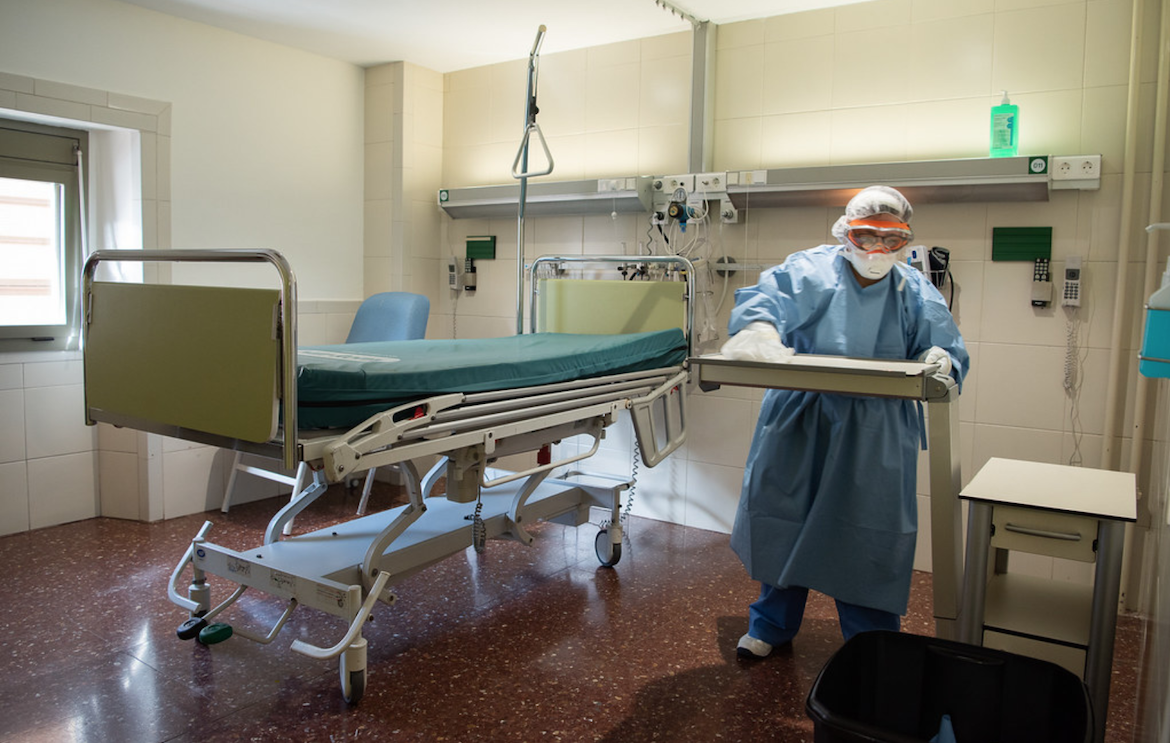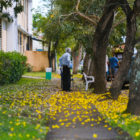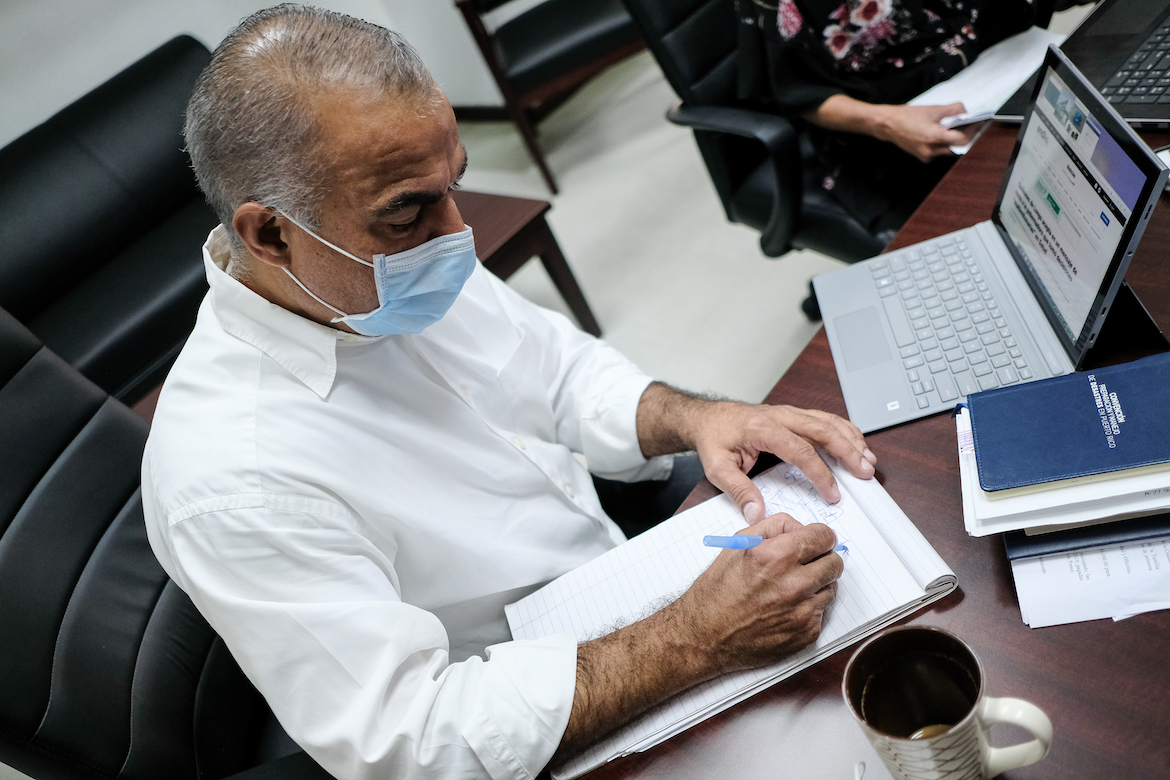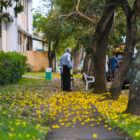
Although about 97% of older adults live at home or in adult housing projects, more than two months after the ongoing emergency by COVID-19, the Government has not carried out massive tests to detect the virus among this population. The Government response to serve them has been reduced to, as of June 5, carrying out 6,685 of the 50,000 COVID-19 tests promised for the estimated 28,000 elderly people living in nursing homes, which only house 3% of that demographic group. Problems such as going to the supermarket, which represents a focus of contagion, access to medicines, going to medical appointments, maintaining hygiene measures and housekeeping, among others, are aggravated in cases where older adults have no family members or formal caregivers (housekeepers) who are available during the pandemic or with a support network that can assist them. For several professionals who serve this population, the reopening of a large number of commercial sectors and the increased risk of contagion represent a double-edged sword for this group. Don Nicodemus Cuevas lives alone in the Anones rural neighborhood of Naranjito.


